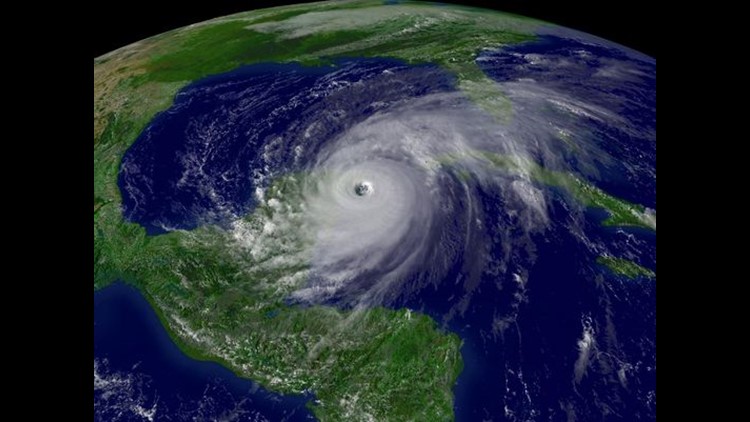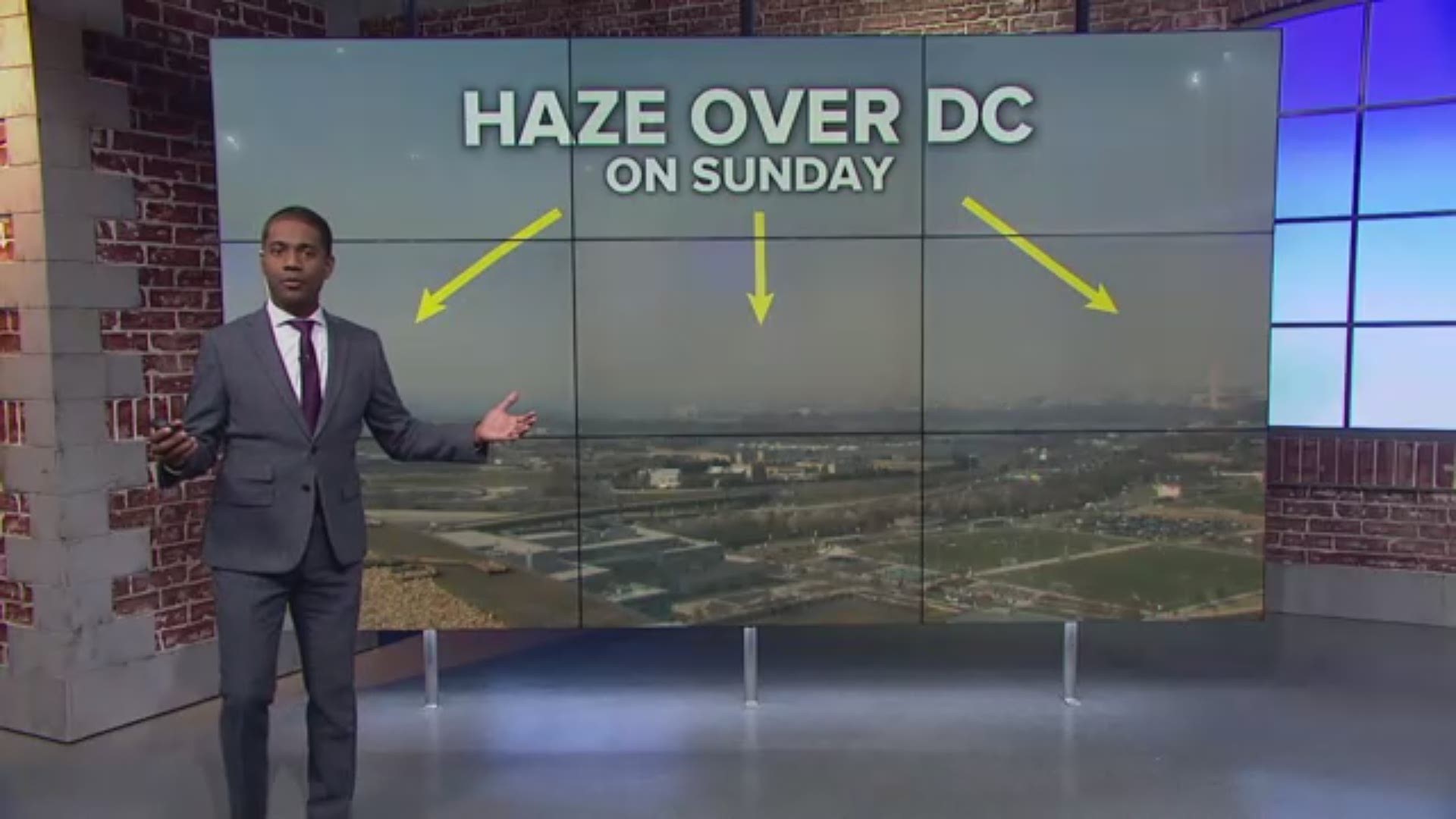Hurricane season runs from June 1 through November 30 in the Atlantic Ocean Basin (including the Gulf of Mexico and Caribbean Sea). A tropical disturbance becomes a tropical storm and is given a name when sustained winds around the center of the storm reach 39 mph. A tropical storm is upgraded to hurricane status when sustained winds reach 74 mph.
An average hurricane season features 12 tropical storms of which six reach hurricane strength. Hurricane intensity is gauged on the “Saffir-Simpson” Scale that starts with a minimal Category 1 storm. A hurricane becomes a “major” storm when it reaches Category 3 intensity with sustained winds of at least 111 mph. There are typically three “major” hurricanes in an average hurricane season.
The strongest hurricanes are Category 5 storms with sustained winds of 157/+ mph. There have been only three Category 5 hurricanes in recorded history that have made landfall in the United States. They are the unnamed 1935 Labor Day storm that struck the Florida Keys, Hurricane Camille in 1969 and Hurricane Andrew in 1992.
Although hurricane season begins in June, it doesn’t usually start to get active until August when environmental conditions are more favorable. September is the busiest month of the Atlantic hurricane season. So far in 2018, there has only been one named storm, “Alberto,” which actually developed shortly before the hurricane season began. June 2018 is on track to become the first June since 2014 that no tropical storm developed in the Atlantic Ocean. However, that is not unusual because June is normally a quiet month.
The 2016 and 2017 hurricane seasons were both active and saw a significant number of damaging and deadly hurricanes. A slew of records were set over the last two seasons with devastating hurricanes Matthew and Otto in 2016, followed by Harvey, Irma and Maria last year. The three Category 5 hurricanes (Matthew, Irma and Maria) during the 2016-2017 seasons was the highest such total in the Atlantic Ocean Basin since five developed during the 2004-2005 hurricane seasons.
To add to that, 2017 became the first year on record that three Category 4 hurricanes (Harvey, Irma and Maria) made landfall in the United States (including Puerto Rico). It’s important to note that NOAA made a slight modification to the Saffir-Simpson Scale in 2012. Prior to that, a Category 4 hurricane had sustained winds of 131 – 155 mph, but the scale was changed to make a Category 4 storm any hurricane with sustained winds of 130 to 156 mph. Harvey and Irma were only Category 4 storms at their respective times of landfall in the United States because of the 2012 change. They would have previously been strong Category 3 hurricanes with sustained winds of 130 mph.
NOAA’s May forecast for the 2018 Atlantic hurricane season is for a near to slightly busier than average season. The next tropical storm that develops in the Atlantic Ocean will be named “Beryl.”
RELATED LINKS:



